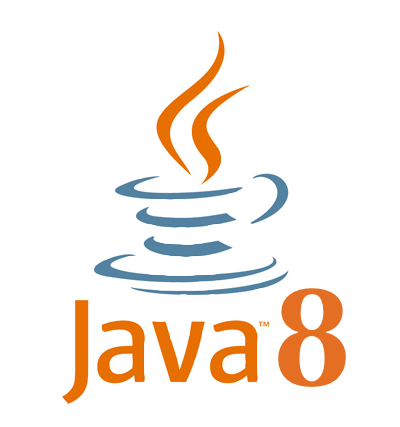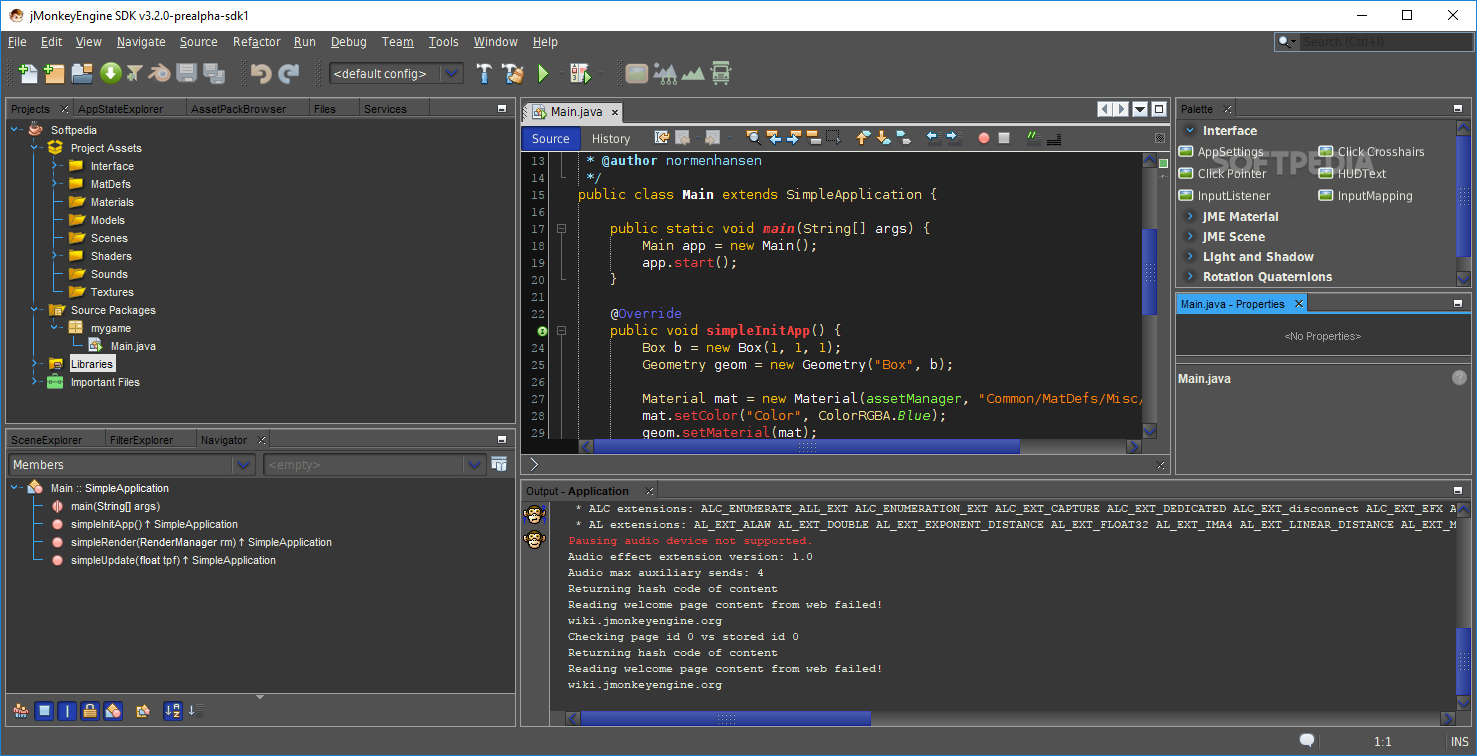Java Jdk 8 Os
Sudo apt-get install python-software-properties sudo add-apt-repository ppa:webupd8team/java sudo apt-get update sudo apt-get install oracle-java8-installer Or download it from here then move jdk-8. to /usr/lib/jvm/jdk1.8.x then run these commands. Java/Mac FAQ: Where is JAVAHOME located on Mac OS X (macOS) systems? MacOS JDK location. This has changed over time, but if you're using Mac OS X 10.9 or newer (now macOS), your JDK/SDK JAVAHOME location for Java 8 will be something like this.
This page describes how to install and uninstall JDK 8 for OS X computers.
This page has these topics:
See 'JDK 8 and JRE 8 Installation Start Here' for general information about installing JDK 8 and JRE 8.
See 'OS X Platform Install FAQ' for general information about installing JDK 8 on OS X.
System Requirements
Observe the following requirements:
Any Intel-based computer running OS X 10.8 (Mountain Lion) or later.
Administrator privileges.
Note that installing the JDK on OS X is performed on a system wide basis, for all users, and administrator privileges are required. You cannot install Java for a single user.
Installing the JDK also installs the JRE. The one exception is that the system will not replace the current JRE with a lower version. To install a lower version of the JRE, first uninstall the current version as described in 'Uninstalling the JRE'.
JDK Installation Instructions
When you install the Java Development Kit (JDK), the associated Java Runtime Environment (JRE) is installed at the same time. The JavaFX SDK and Runtime are also installed and integrated into the standard JDK directory structure.
Depending on your processor, the downloaded file has one of the following names:
jdk-8uversion-macosx-amd64.dmgjdk-8uversion-macosx-x64.dmg
Where version is 6 or later.
Download the file.
Before the file can be downloaded, you must accept the license agreement.
From either the Downloads window of the browser, or from the file browser, double click the
.dmgfile to launch it.A Finder window appears containing an icon of an open box and the name of the
.pkgfile.Double click the package icon to launch the Install app.
The Install app displays the Introduction window.
Note:
In some cases, a Destination Select window appears. This is a bug, as there is only one option available. If you see this window, select Install for all users of this computer to enable the Continue button.Click Continue.
The Installation Type window appears.
Click Install.
A window appears that says 'Installer is trying to install new software. Type your password to allow this.'
Enter the Administrator login and password and click Install Software.
The software is installed and a confirmation window appears.
Refer to
http://www.oracle.com/technetwork/java/javase/downloads/jdk-for-mac-readme-1564562.htmlfor more information about the installation.After the software is installed, delete the
.dmgfile if you want to save disk space.
Determining the Default Version of the JDK
If you have not yet installed Apple's Java OS X 2012-006 update, then you are still using a version of Apple Java 6 that includes the plug-in and the Java Preferences app. See 'Note for Users of OS X that Include Apple Java 6 Plug-in'.
There can be multiple JDKs installed on a system, as many as you wish.
When launching a Java application through the command line, the system uses the default JDK. It is possible for the version of the JRE to be different than the version of the JDK.
You can determine which version of the JDK is the default by typing java -version in a Terminal window. If the installed version is 8u6, you will see a string that includes the text 1.8.0_06. For example:

To run a different version of Java, either specify the full path, or use the java_home tool:
For more information, see the java_home(1) man page.
Uninstalling the JDK
To uninstall the JDK, you must have Administrator privileges and execute the remove command either as root or by using the sudo(8) tool.
For example, to uninstall 8u6:
Do not attempt to uninstall Java by removing the Java tools from /usr/bin. This directory is part of the system software and any changes will be reset by Apple the next time you perform an update of the OS.
Question or issue on macOS:
I need to install the Java Cryptography Extension for Java 8 in OS X / mac OS. It turns out the steps from the README file which came with the installer include instructions only for Unix and Windows, but not for OS X / mac OS. I tried to put the JAR files in $JAVA_HOME/lib/security, but it didn’t work either. Do you know how can I install them?
How to solve this problem?
Solution no. 1:
Java 8 Update 161

As pointed out in another answer and in Oracle’s release notes for Java 8 Update 161, unlimited cryptography is enabled by default since Update 161 and you shouldn’t have to do anything if using a fresh installation of this version or higher.
Java 8 Update 151
With Java 8 Update 151, Oracle included the same JCE mechanism into Java 8 that they already provided with Java 9. To enable JCE in Java 8 Update 151 or higher, just set the property
in $JAVA_HOME/jre/lib/security/java.security.
It’s probably a good idea to remove the old policy JAR’s if they were added earlier, as Oracle states in the release notes:
Because the old JCE jurisdiction files are left in
/lib/security, they may not meet the latest security JAR
signing standards, which were refreshed in 6u131, 7u121, 8u111, and
later updates.
Older Versions
Answers suggesting to install the JCE files via Homebrew won’t work anymore, as the casks were deleted from the Homebrew repository after release of the Java 8 Update 151. If using an older version of Java 8, you’ll have to put the JCE-Policy-JAR manually as described in another answer.
Solution no. 2:
Note: As of Java JDK version 8u161 unlimited cryptography is enabled by default
FOR MacOS user
If you are MacOS user, put the jars extracted from jce_policy-8.zip if your java version is 8.* use below path (to put jars under it)
Solution no. 3:

As of Java 8u152, unlimited strength can be enabled simply by setting crypto.policy=unlimited in the java.security file in
It’s already in that file but commented out.
See http://www.oracle.com/technetwork/java/javase/8u152-relnotes-3850503.html#JDK-8157561
Solution no. 4:
Java Jdk 8 Api
For a Mac user (OS X) on Java 8:
$ brew reinstall java8
As of JDK 1.8u151 it is not necessary to download the JCE libraries separately. Simply edit
$JDK_HOME/jre/lib/security/java.security
and uncomment the line:
crypto.policy=unlimited
This will enable the unlimited strength JCE.
Solution no. 5:
As of Java JDK version 8u161 unlimited cryptography is enabled by default and the other suggested methods should no longer be necessary (unless you want to disable it).
This change also appears to be included in other major JDK versions from JDK 6 to JDK 9.

Solution no. 6:
As you did not explain what is your problem here some guesses.
- Using an internet search engine you probably would have found this page http://www.oracle.com/technetwork/java/javase/downloads/jce8-download-2133166.html
- you might have downloaded this file
jce_policy-8.zip - maybe you would have unzipped it and had a look into directory
UnlimitedJCEPolicyJDK8/ - maybe the file
README.txtwould have attracted your interest
If all of those steps would have been true, then you would have found
You can assume that the location on OSX is the same as for the listed systems.
Solution no. 7:
Java Jdk 8 Portable
For later versions of macOS (e.g., Sierra), Oracle Java is installed in two locations depending on if you install the JRE or JDK.
- JRE:
/Library/Internet Plug-Ins/JavaAppletPlugin.plugin/Contents/Home/ - JDK:
/Library/Java/JavaVirtualMachines/jdk1.x.x_xxx.jdk/Contents/Home/- If you install the JDK, it will also install the JRE at the JRE location listed above.
The JRE allows you to double-click to open jars from the Finder and run Java in the browser. The JRE does not come with the java binary, so if you want to run any of the typical Java commands, you must install the JDK. More at https://java.com/en/download/faq/yosemite_java.xml.
All this to say, when installing then unlimited strength JCE files, install them in both directories listed above to get consistent behavior.
Java Jdk 8 Oracle Mac
Solution no. 8:
if you’re a windows user:

download the most updated JCE on http://www.oracle.com/technetwork/java/javase/downloads/jce8-download-2133166.html
extract zip file and copy the two jar files in the following directory
Program FilesJavajre1.8.0_131libsecurity